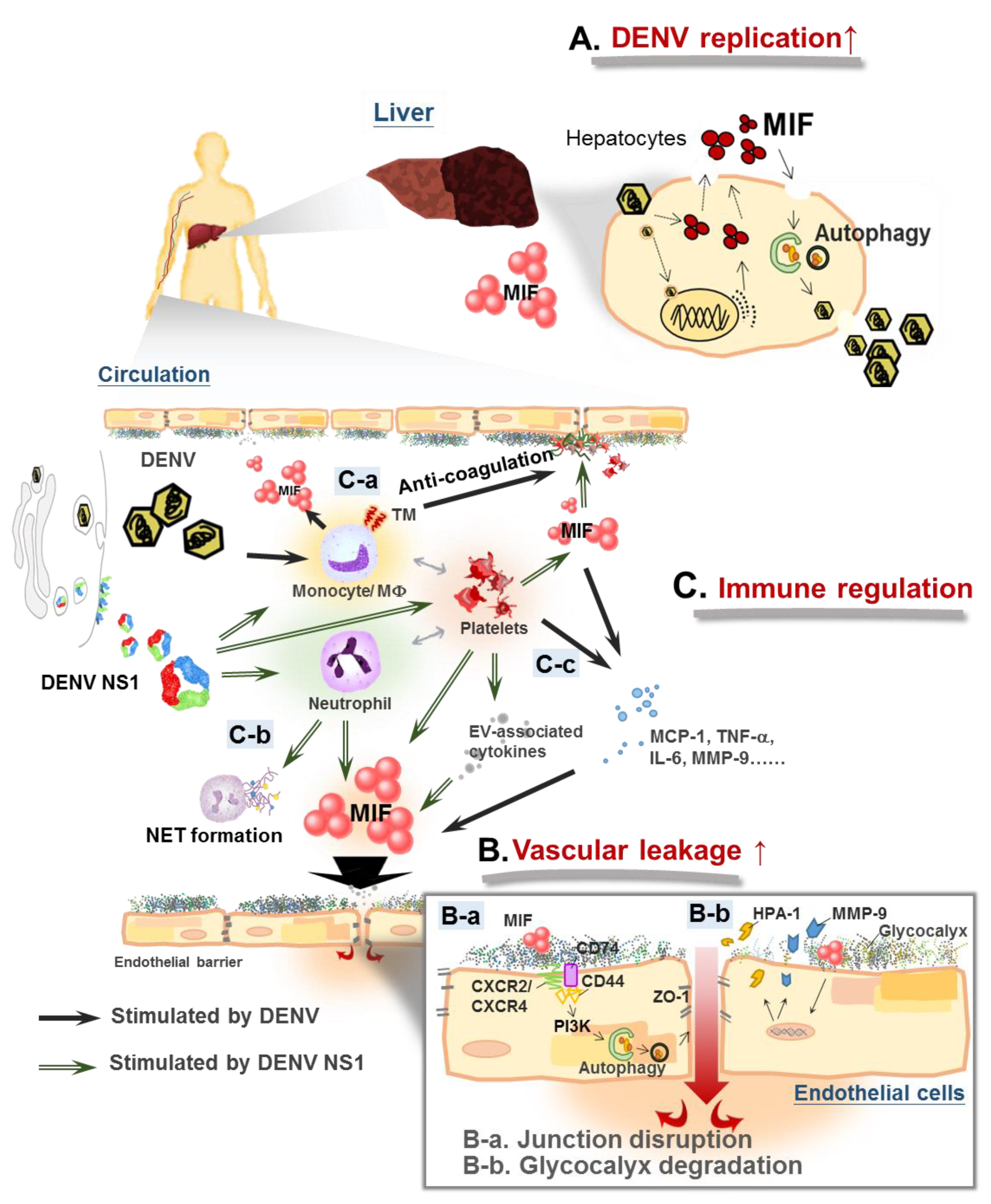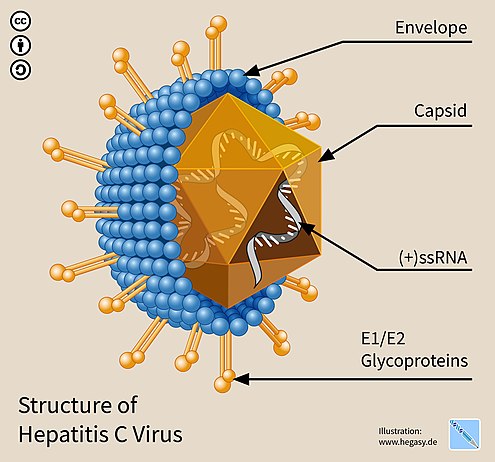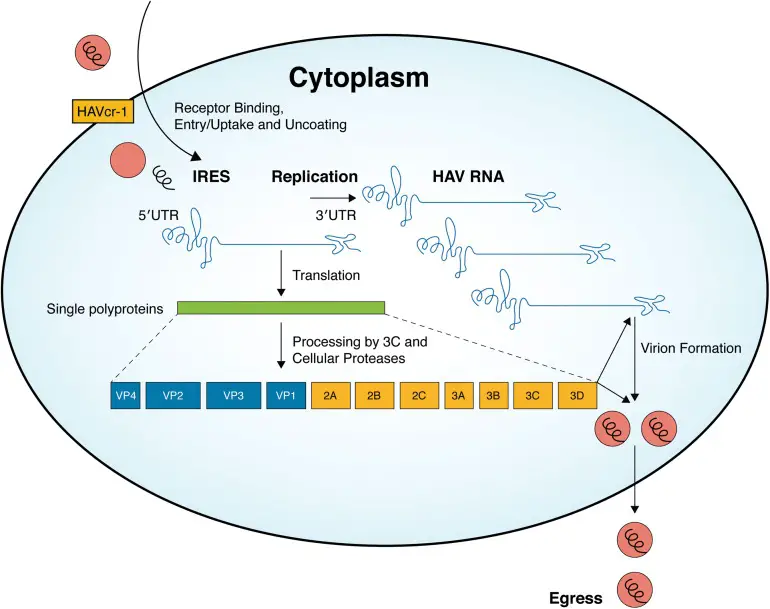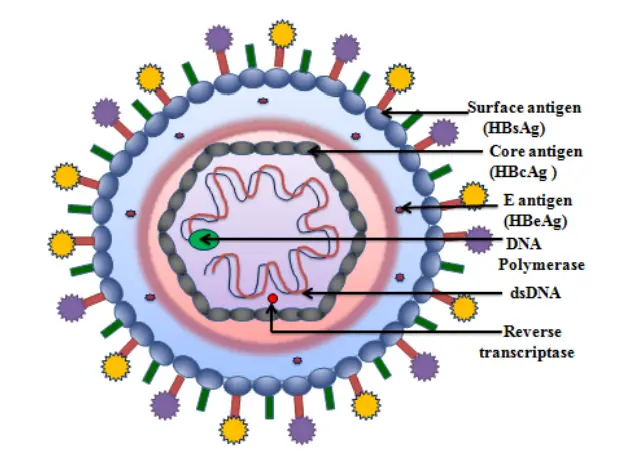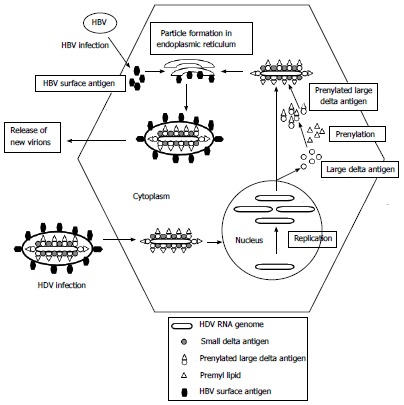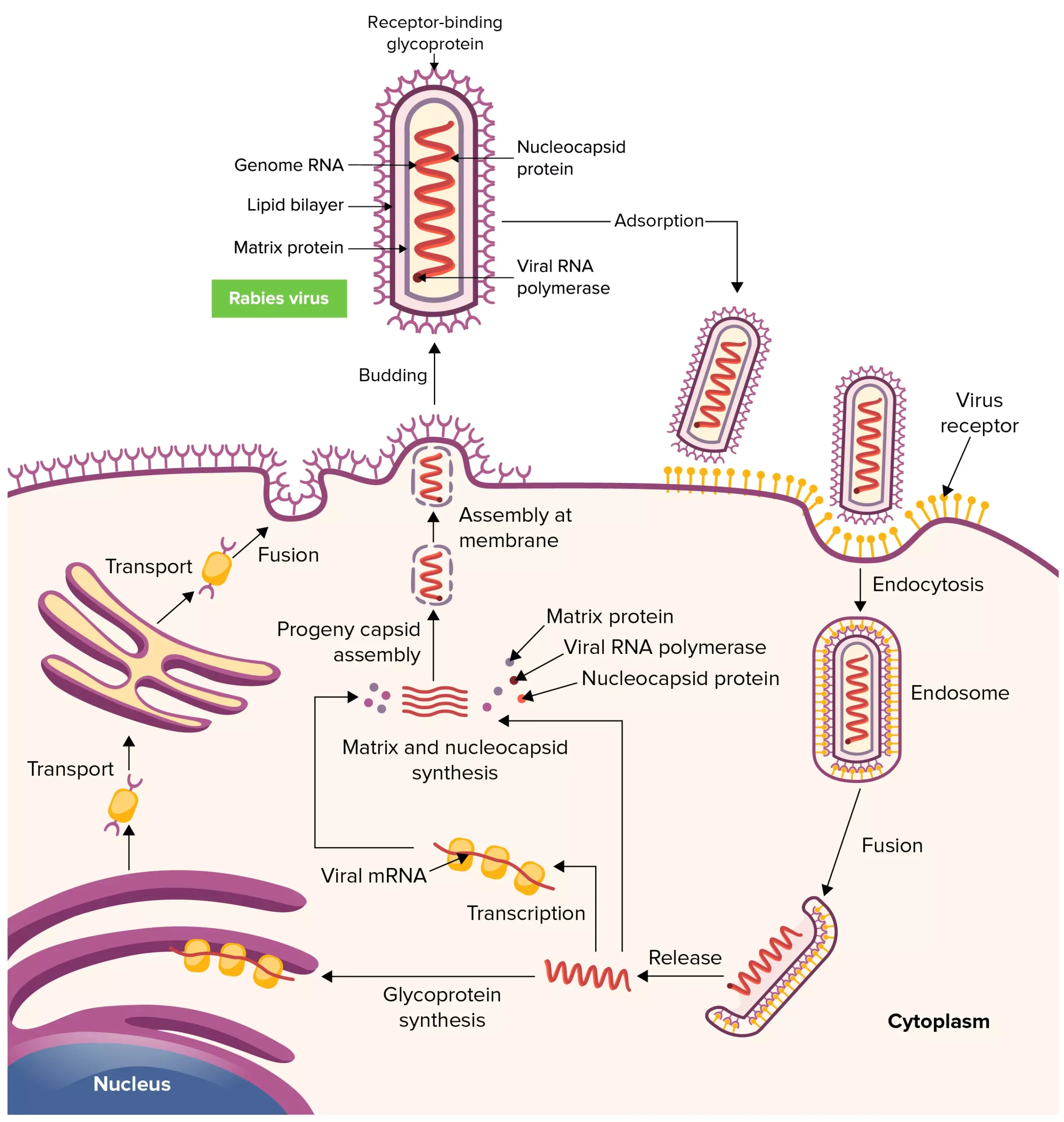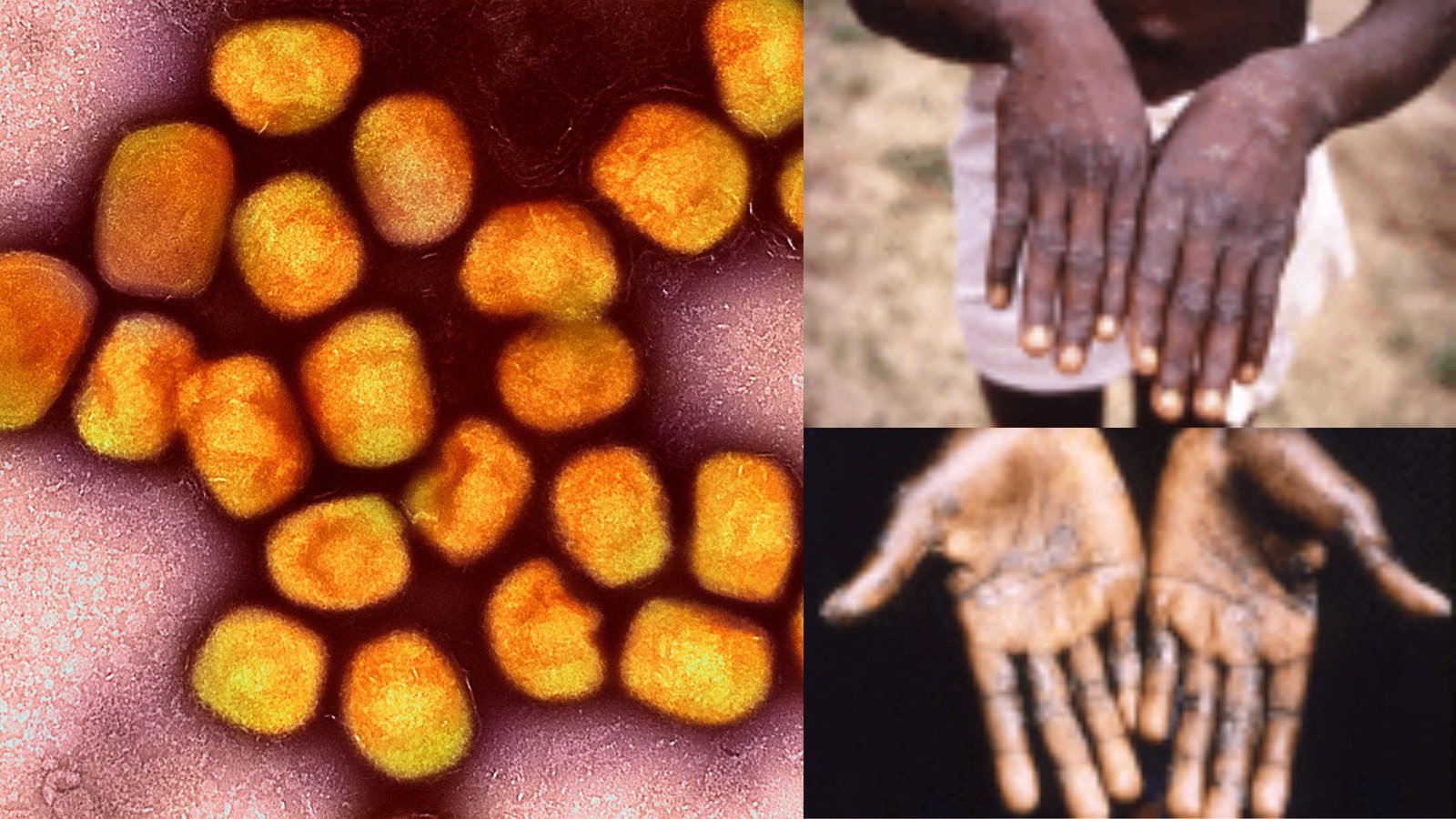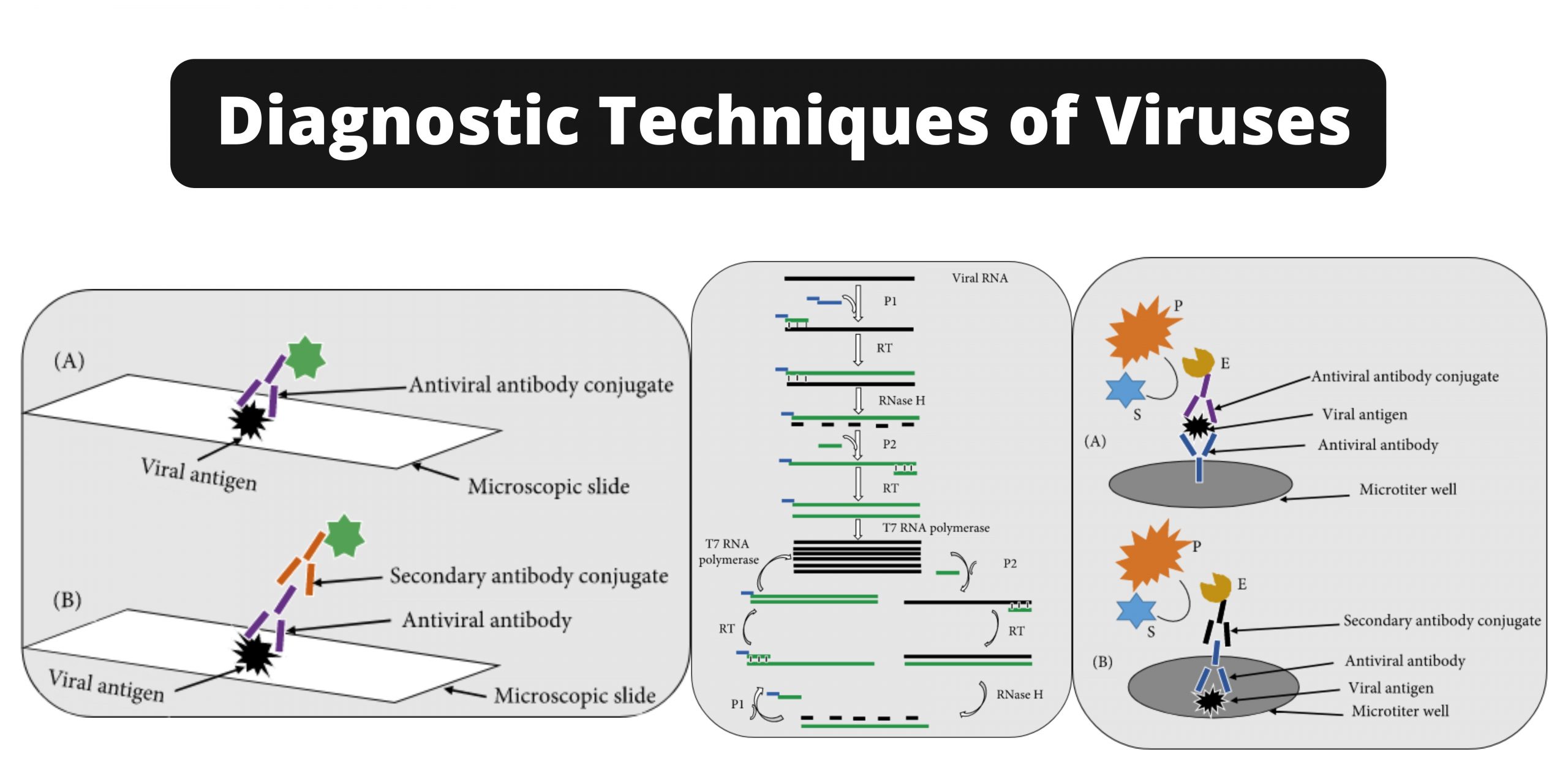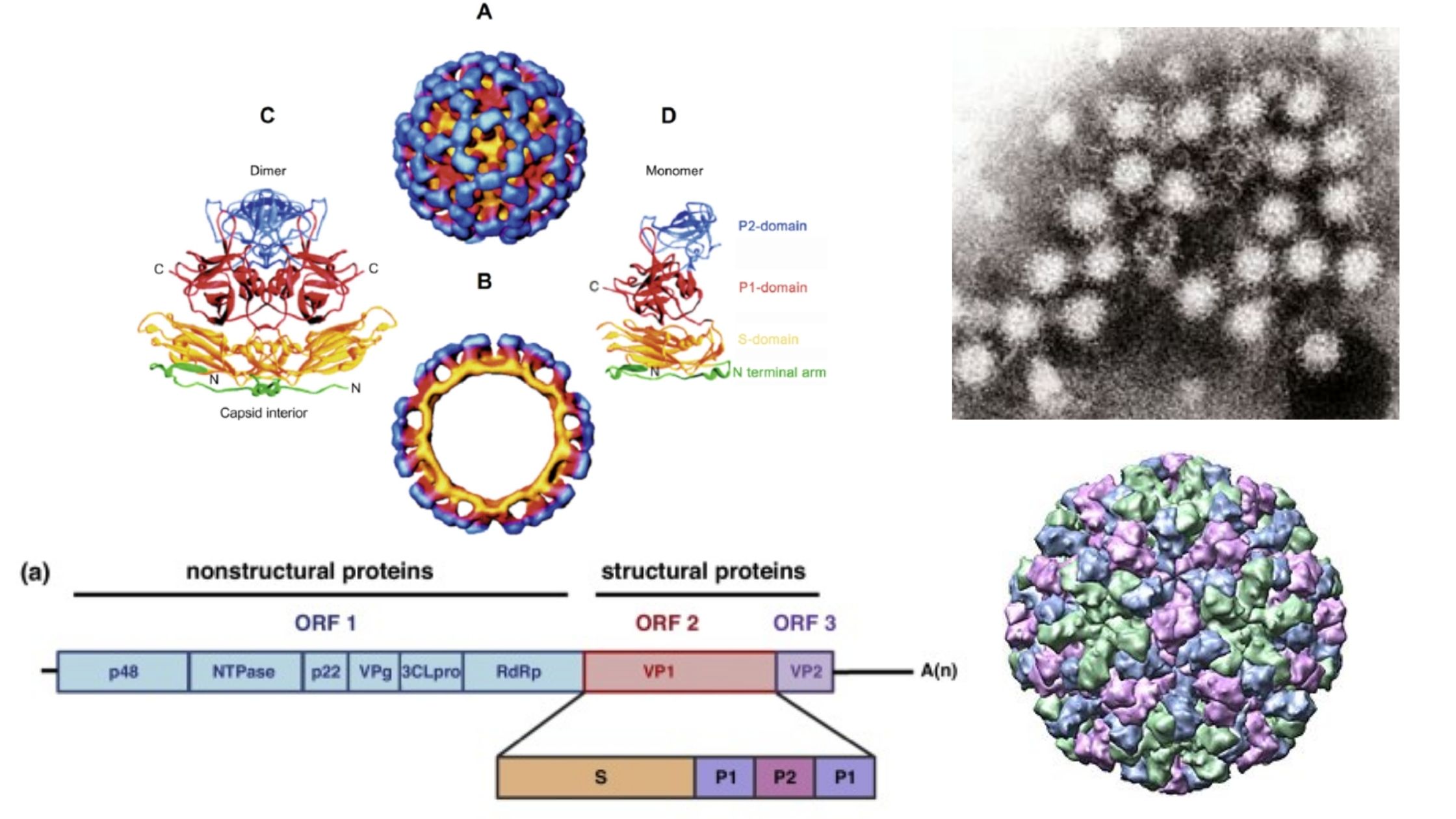Dengue and Dengue Virus – Overview
Through the bite of an infected Aedes species mosquito (Ae. aegypti or Ae. albopictus), dengue viruses are transmitted to people. These mosquitoes can transmit other viruses including Zika and chikungunya. 4 billion people, or close to half of the world’s population, reside in dengue-risk zones. In risky locations, dengue is frequently the main cause of … Read more
